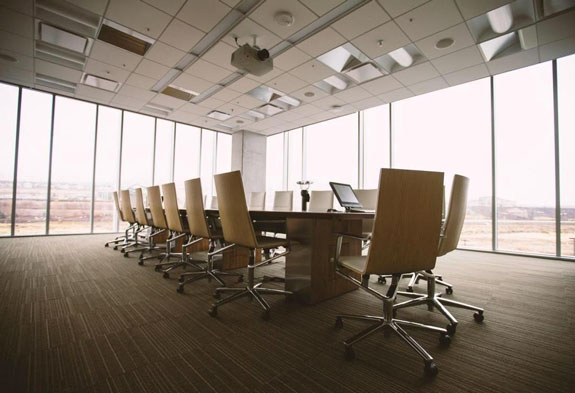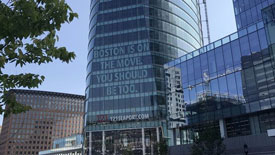
LiquidSpace
Office space in major markets is now available on an hour, daily or monthly plan. If you’re a startup, pick your market and pick your plan.
From Globest:
LiquidSpace has launched monthly rentals, enabling those startups and growing teams to rent a primary office space by the month. Monthly space is available in San Francisco, New York, Los Angeles, Orange County and Boston, with plans to roll out monthly office space across the global LiquidSpace network by the end of 2015. LiquidSpace has had its sights on expanding into monthly space for a while, but it considered how to accomplish that in a way that improves on the traditional approach while also extending a new, flexible option for building owners to monetize the excess space.
Mark Gilbreath, founder and CEO of LiquidSpace, tells GlobeSt.com: “We’ve definitely struck a chord with both building owners and occupiers who have vacant space to share. Millions of square feet of small, high quality office spaces sit idle, robbing owners of potential revenue and asset value growth. Now for the first time, there is a simple and cost-effective way to monetize these 500- to 5000-square- foot spaces, by connecting directly to growing startups and corporate occupiers with satellite teams.”
LiquidSpace allows landlords and tenants to list space online on an hourly, daily or monthly basis, with LiquidSpace taking a 10% cut of monthly rents, providing differing rates for daily and hourly leases. The LiquidSpace network allows space providers to create and manage custom profiles as well as communicate directly with growing companies and manage all aspects of a transaction.








